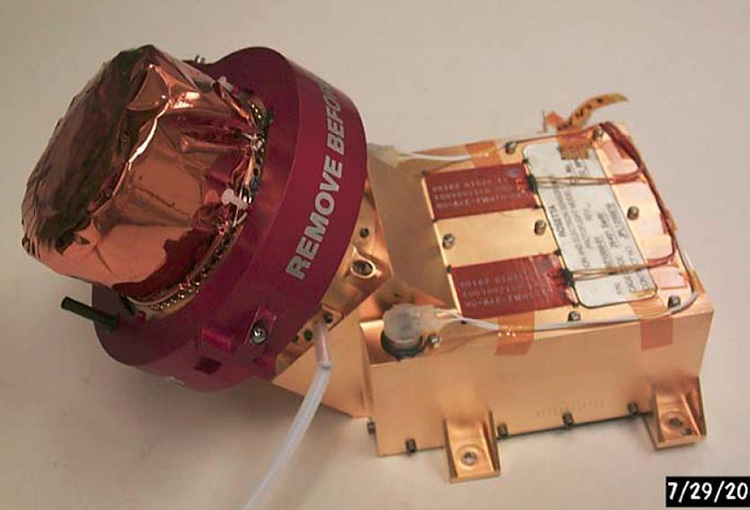Background
The Ion and Electron Sensor (IES) was launched in 2004 and was flown successfully on the European Space Agency’s Rosetta mission to comet 67P/Churyumov-Gerasimenko. It can make simultaneous measurements of ions and electrons, their energies and angular distributions with a wide field of view. IES is a very low resource instrument - requiring low power, low mass and a low volume making it highly desirable for missions that require plasma measurements.
IES has been included as a part of the payload in proposals for several new missions led by both SwRI and other institutions. However, since IES was designed and built over 15 years ago, most of its electronic components have become obsolete. We have also developed better methods for implementing some of the instrument’s functionality since then. For the proposals submitted, we have taken the approach of using flight heritage from portions of multiple other instruments to piece together an electronics package that would make the new version of the IES functional. In theory this approach will work, but even those heritage circuits would require some modification for the new application thus reducing their Technology Readiness Level (TRL) from a 9 to a 6 or lower. We felt that the right approach was to completely redesign its electronics package and that is why we proposed this research.
Approach
In Phase I of this project, our objective was to redesign all electronic circuits using innovative techniques keeping the goals of low power consumption, reduced parts count and application flexibility in mind. We split Phase II into two elements, A and B. The goal of Phase II-A was to build out and test all subsystems without integration. The goal of Phase II-B, if awarded, would be to integrate all subsystems into a functional instrument.
Accomplishments
This project is ongoing. Research conducted under this effort has directly contributed to multiple contract awards for variants of the NIES instrument:
Solar Wind Follow On at Lagrange-1 (SWFO-L1) mission - Solar Wind Plasma Sensor (SWiPS) instrument.
Lunar Vertex mission – Magnetic Anomaly Plasma Spectrometer (MAPS) instrument
Phase A selection of Solar-Terrestrial Observer for Reconnection in the Magnetosphere (STORM) mission – Ion and Electron Sensor (IES) instrument.
Without this IR&D effort, the risk may have been too high to result in contract awards on these missions. These contract awards alone make this IR&D effort a huge success. Phase II-A has been extended and is due to finish in early January of 2022. Here are the accomplishments in addition those reported on in Phase I:
The mechanical design of the sensor has been completed and all parts have been ordered, fabricated and are in-hand.
Received and test fit a commercial biomed hardness that forms the basis of one of our three suborbital flight investigations.
The microchannel plates (MCPs) have been purchased, received and have undergone a burn-in process to assess pulse height distribution and initial electron gain.
Fabrication of the Digital (or C&DH) board is complete and partial testing on it has been completed.
The LVPS board has been fabricated and testing of this board is complete.
The LVPS board was integrated with the C&DH board to check mechanical and electrical interfacing.
The HVPS had been designed and reviewed. Fabrication of this subsystem has transitioned directly into flight projects.
The delay line anode and pulse amplification boards have been fabricated and tested and are ready for integration into the detectors.
The time to digital conversion (TDC) module has been implemented on the FPGA and tested using the C&DH board.
High voltage standoff testing was conducted to show margin to operational voltages and provide useful information to flight projects.

Figure 1: The Ion and Electron Sensor Instrument on Rosetta.
